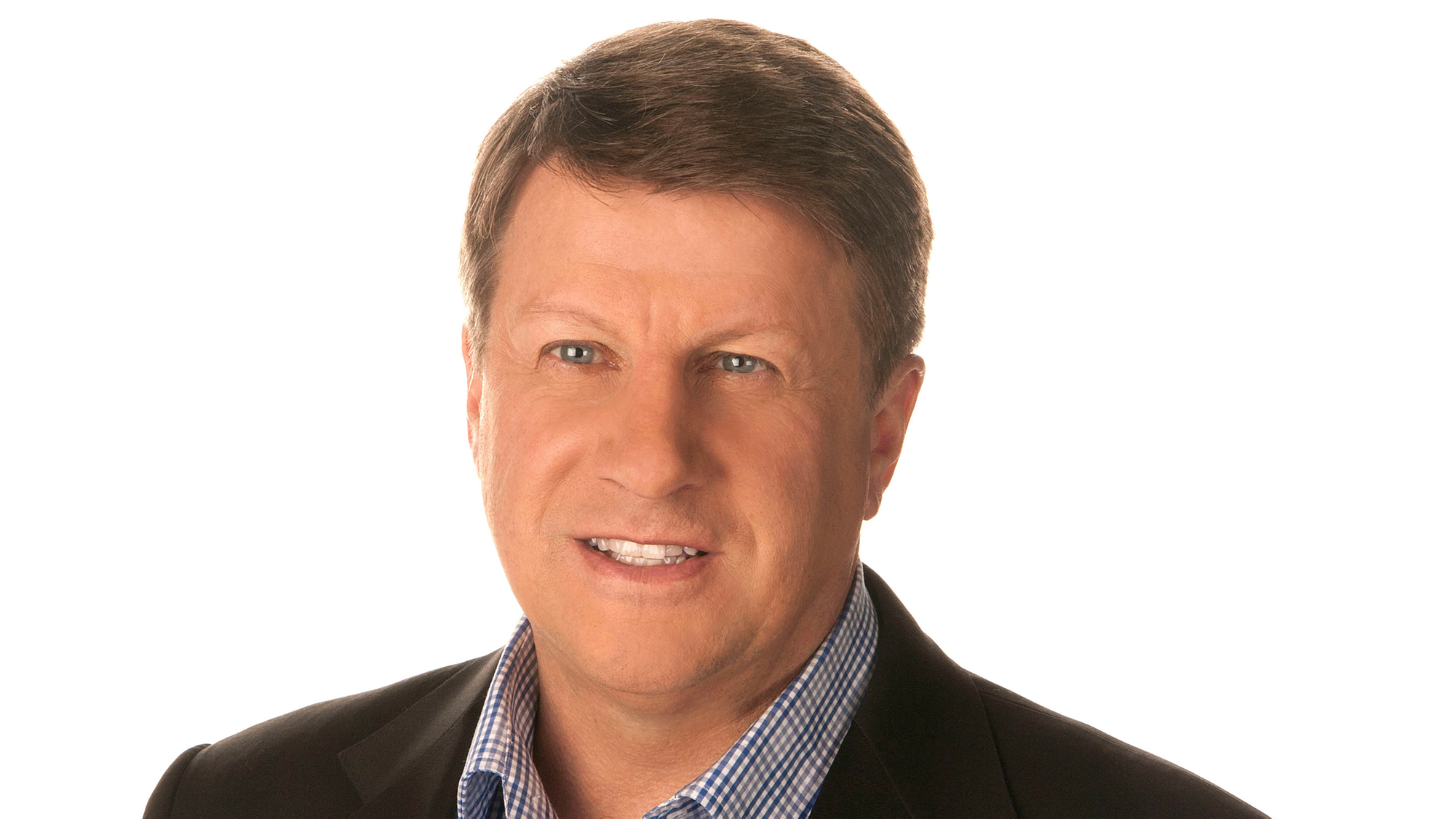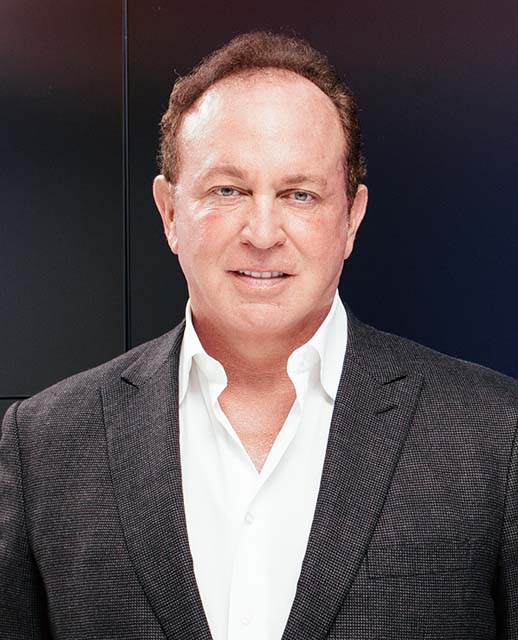Affiliates Seek To Change How They Pay Networks for Programming
With pay TV subcribers falling, there’s a shift to a variable model from fixed fees for reverse compensation

Broadcast stations are looking to keep more of their distribution revenue by changing the way they pay networks for programming — especially sports — to a variable payment model from a fixed reverse-compensation fee.
Cord-cutting has slowed the growth of station retransmission-consent payments, which are calculated on a per-subscriber basis. If pay TV churn accelerates, retrans payments could shrink while networks continue to get their fixed fees from stations. That would pressure profit margins for the affiliates.
Station groups want the networks to share the risk.
On Tegna’s earnings call Thursday, CEO Dave Lougee said some of its new network affiliation deals don’t have fixed fees.
Also Read: Scripps CEO Defends Broadcast as Stocks Fall During Earnings Season
“The majority of these subscribers are now tied to a variable payment model when it comes to our reverse-compensation payments, tying payments to subscriber counts,” Lougee said.
Lougee noted that Tegna in January renewed its affiliation agreement with NBC, which covers 20 markets and 21 million households.
Broadcasting & Cable Newsletter
The smarter way to stay on top of broadcasting and cable industry. Sign up below
Some other big broadcasters said they were keen on putting their payments to the networks on a variable basis.
On Gray Television’s call Wednesday, CEO Hilton Howell noted that “all the affiliates of the content companies — cable. satellite and virtual — pay for all channels on a per-sub basis.” Meanwhile, “broadcasters are the only people who are paying the conglomerates on a fixed-fee basis. And so I think the simple answer is that we should be paying on a per-sub basis as well.”
On Nexstar Media Group’s call Wednesday, reverse comp payments came up, but Nexstar execs said the issue wasn’t a simple one of fixed versus variable.
“I think that you have to understand that our agreements are more nuanced even than that,” Nexstar CEO Perry Sook said.

“Even where we have what you might consider to be fixed arrangements, maybe there are collars around the bandwidth of both growth and contraction, and there are all kinds of elements that go into baking the cake with each of the networks we're on,” Sook said. “I mean they are multifaceted, they are very complex, take a long time to negotiate, and money isn't always the only thing we talk about.”
Sook said he didn’t want to comment on Nexstar’s relationship with any of the networks.
“There are dynamic discussions happening in real time. And I would just say that everyone at the table is aware of what's going on in the industry and that the sands are shifting under our feet. And there is sensitivity to that all around the table,” he said.
“Having been on both sides of the table for those discussions, I think I have probably unique appreciation for the fact that they are each very different, complex,” added Nexstar president and chief operating officer Mike Biard, a former Fox distribution executive.
“Focusing on a single aspect of those relationships, I think, misses the point,“ Biard said. “Certainly, this is the point from our perspective, which is we're going to manage the entire relationship to the net cost. And I know there's been focus on the fixed-cost aspect that some have talked about. At the right price, I would take fixed cost. It’s all about how that cost works through our business, and that's what we're focused on.”
Although network executives declined to discuss the issue, they would likely take a variable deal if the numbers were in their favor.
Gross retransmission fees were estimated to rise 3% to $14.8 billion this year by S&P Global Market Intelligence. Growth is expected to slow, with fees reaching $15.93 billion in 2027. Affiliates are estimated to keep 48% to 50% of the gross fees, with the rest going to networks.
When stations started getting cash retransmission payments from distributors, the networks argued that national programming, particularly sports, was a big part of what those distributors were paying for, and they wanted a cut of retrans cash.
Originally, the networks took a percentage of retransmission revenue, with some stations paying 50%.
About 10 years ago, CBS started to ask affiliates to pay a fixed programming fee rather than a percentage of the retransmission payments they negotiated with distributors.
CBS argued that its costs, particularly for long-term sports rights, are fixed and that the affiliate’s payments should also be fixed, matching cost certainty with revenue predictability. (A fixed payment also insures against affiliates allocating a bigger share of retrans payments to the independent stations they own, reducing how much they have to share with the networks.)
Nearly all of CBS’s affiliate deals are for fixed fees, as are Fox’s, sources said.
Now affiliates are pushing to go back to a percentage scheme.

The parent companies of the Big Four networks also own stations and cable networks, so they have a good handle on how many subscribers their affiliates will have through the life of what are typically three-year agreements.
With that knowledge, some industry execs believe the networks would try to negotiate percentage deals that would ultimately generate the same revenue as a fixed fee arrangement.
Network executives said the payment should reflect the value the network brings to the station, but station leaders have said the presence of network programming on network-owned streaming platforms is changing that equation.
“What we have said consistently is we pay [networks] for programming and exclusivity of that programming,” Nexstar’s Sook said. “And to the extent the program is becoming less exclusive, it is less valuable to us, and we potentially will pay you less over time.”
It’s worth noting, though, that affiliates get carriage fees when their signals and local programming are carried by streaming services like Paramount Plus (CBS).
Once upon a time, the networks compensated their affiliates millions of dollars for carrying national programming and advertising in their markets. Now the stations pay the networks. That’s why the stations’ current payments are called reverse compensation. And that was a long time ago.
Jon has been business editor of Broadcasting+Cable since 2010. He focuses on revenue-generating activities, including advertising and distribution, as well as executive intrigue and merger and acquisition activity. Just about any story is fair game, if a dollar sign can make its way into the article. Before B+C, Jon covered the industry for TVWeek, Cable World, Electronic Media, Advertising Age and The New York Post. A native New Yorker, Jon is hiding in plain sight in the suburbs of Chicago.

